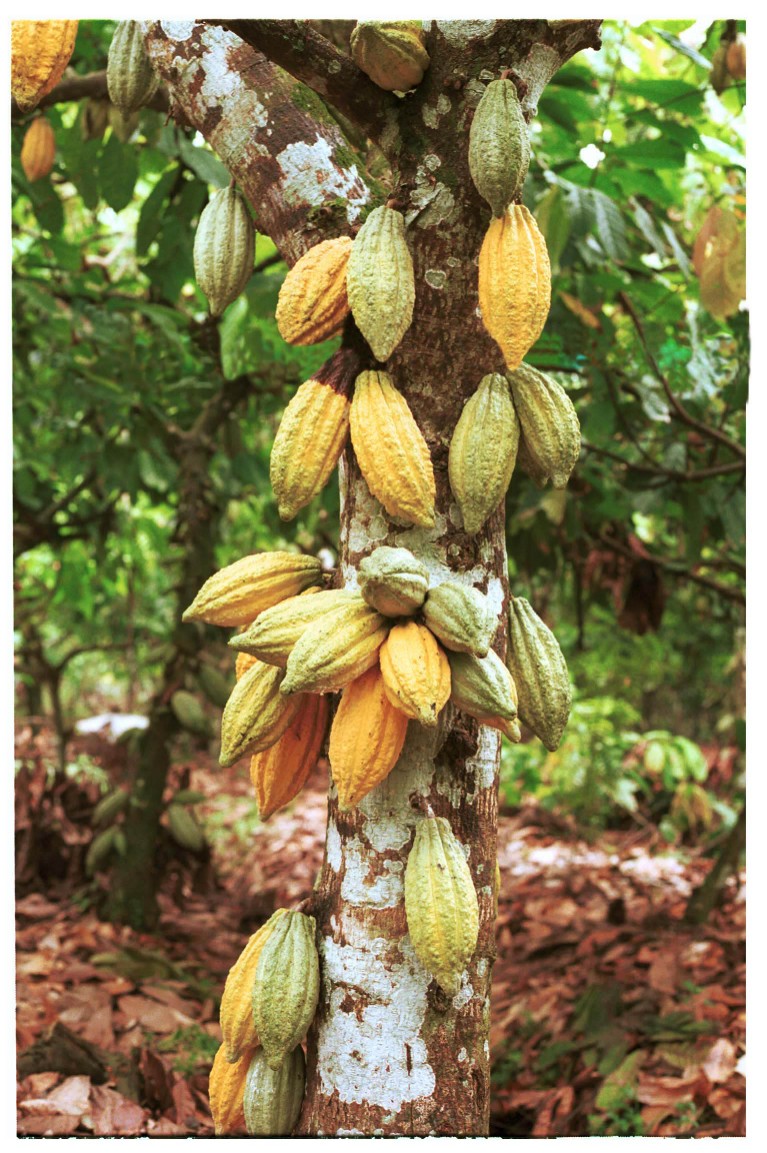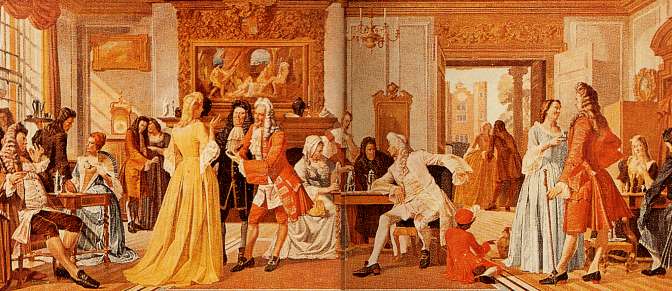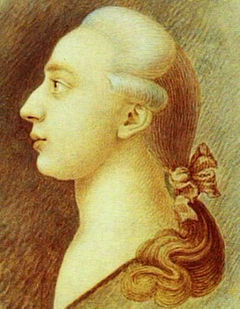Cacao
Chocolate
Food
John Cadbury
Types of chocolate
Valentine's Day
Chocolate. Need I Say More?
Wednesday, February 10, 2010
Chocolate.
We eat it. We crave it. We love it.

Without the cacao (ka-KOW) tree, there would be no such thing as chocolate. Like coffee (one of our other favorite addictions) the cacao tree is native to Central and South America, although the majority of cacao is now grown on the Ivory Coast in Africa. The tree produces flowers and fruit (the cacao pod) year-round. Wild cacao beans, collected by splitting open the ripened pods, were probably gathered and used long before people began to cultivate cacao as a crop. At one point, cacao beans were used as a form of currency.
Among the Mayan culture, chocolate consumption was limited to the nobility, the priesthood, and rituals. And only given to men. Bummer. If they had known about the beneficial effect of chocolate on a hormonal woman, their civilization might have lasted longer.
For almost 1500 years, consumption of the cacao bean would have been similar to our consumption of coffee -- the beans were roasted, ground, and mixed with hot water to create a dark, bitter beverage. It's believed that drink possessed mild narcotic properties -- like lifting the mood and increasing one's energy. (We knew it was true, no matter what anyone says!
When Spanish conquistadors carried cacao beans back to Imperialist Europe, the new cocoa beans (probably the result of a misspelling) joined British tea, Asian opium, coffee, and American tobacco in polite society's quest for new substances to experience (read: become addicted to).
Around the 16th century, Europeans began adding stuff to their cacao drinks like cinnamon, vanilla, cane sugar, and black pepper. Mayans and Aztecs had long been adding things to their cacao, or adding the cacao to other recipes.
 Chocolate House via Wikipedia
Chocolate House via Wikipedia Roman Catholic popes were famous for their love of chocolate, and the drink was officially declared to be an acceptable beverage during periods of fasting. Hey, I could do some serious fasting on chocolate alone! Before there were coffee houses, there were chocolate houses in Europe where people gathered to sip expensive cups of chocolate and talk politics, or listen to live music, or socialize with the cultural elite. Hmm. Sounds like Starbucks, doesn't it?
It was the Dutch who discovered that pressing the beans can produce cocoa powder, easier to transport and cheaper to use. And the fat could be sold separately as cocoa butter. The cocoa in the tin in your pantry has had the fat removed. Chocolate as we know it today is made by adding new fat -- in the form of milk or butter -- back to the powdered cocoa, heating and mixing, and cooling. Voila! The chocolate bar was born.
Milton Hershey was called the "Henry Ford" of chocolate. Through his auspicious use of mass-production and marketing techniques, he made chocolate available to everyone. Yep, you can blame Mr. Hershey for those impulse buys at the grocery store counter!
In 1861, John Cadbury produced the first known heart-shaped box of chocolates.
Chocolate has been used as a substitute for alcohol, as soldier's rations, as an aphrodisiac, and medicinally to prevent stomachaches. Casanova, the famous lover, was reported to drink chocolate to improve his lovemaking ability. Judging from his picture, I'd say he plied his lady friends with chocolate, and lots of it.
In the last decade, there's been a shift away from milk chocolate and Dutch chocolate to the darker, more bitter forms of chocolate since doctors began touting dark chocolate's myriad health benefits. Benefits which include high levels of antioxidants which reportedly balance hormones, reduce blood pressure and bad cholesterol, a mild anti-depressant effect thanks to serotonin and a mild stimulant effect.
Whether your penchant is for bonbons, fudge, Lindt, or Godiva, chocolate is an integral part of our culture. And while the plain old cuppa' joe might not be considered precious (unless you haven't had your cup yet), chocolate is still counted worthy of great respect.
Think about it, you might pour a half pot of coffee down the drain, but would you trash half a Snickers bar? Nope. Whoever ends up with half a chocolate bar laying around anyway?
No longer limited to royalty or the priesthood or the papacy, chocolate is the common man's treasure, to be savored and enjoyed with great delight, though best appreciated in moderation!
Time to go scrounge up some chocolate.
Sources:
http://www.fieldmuseum.org/Chocolate/about.html
http://en.wikipedia.org/wiki/History_of_chocolate
http://www.chocolatehistory.net/
http://inventors.about.com/od/foodrelatedinventions/a/chocolate.htm
http://www.chocolatesource.com/history/index.asp
http://www.xocoatl.org/history.htm
http://www.chocolate.org/choctree.html
http://longevity.about.com/od/lifelongnutrition/p/chocolate.htm
http://www.arentwesweet.com/aboutus/choco.html
http://upload.wikimedia.org/wikipedia/commons/0/06/Chocolate-house-london-c1708.jpg



![Reblog this post [with Zemanta]](http://img.zemanta.com/reblog_e.png?x-id=41173917-4502-4235-b6eb-386da30b98b9)










8 Comments
This comment has been removed by a blog administrator.
ReplyDeletethats RIGHT! I forgot it was chocolate weekend ahead .. hooray!
ReplyDeleteand, very fun information. who knew?
I was just happy to learn the proper pronunciation of "cacao"! I'm thinking the Spanish maybe changed it to "cocoa" to avoid confusion... : )
ReplyDeleteI love this post! I used to teach about South America and the cocoa tree. So fun -- I miss that!
ReplyDeleteJohn Cadbury is my best friend. Oh, and Mr. Hershey. :) Fun post!
ReplyDeleteGREAT article! What a tantalizing picture of the gooey caramel, the nuts, the chocolate!!!
ReplyDeleteI bought the new Dove dark chocolates/peanut butter and have torn the bag open and attacked them WELL before Valentine's.
Oh, yeah. They were for my husband.
LOL.
Patti
I have successfully made myself horribly hungry and there's no chocolate in the house! I might be forced to make fudge!
ReplyDeleteIf you list chocolate, they will come! Yum - great facts and even better pics. My tastebuds are tingling and I"m ready for V-day even more now :-)
ReplyDeleteThanks